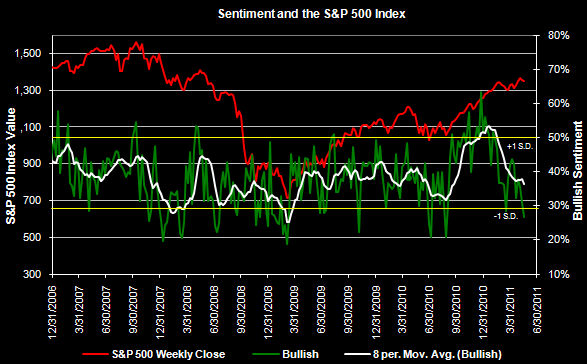 |
| From HORAN Capital Advisors |
 |
| From HORAN Capital Advisors |
 |
| From HORAN Capital Advisors |
 |
| From HORAN Capital Advisors |
Posted by
David Templeton, CFA
at
11:00 AM
0
comments
![]()
![]()
Labels: Commodities , Economy
 |
| From HORAN Capital Advisors |
 |
| From The Blog of HORAN Capital Advisors |
Posted by
David Templeton, CFA
at
5:45 PM
0
comments
![]()
![]()
Labels: Valuation
 |
| From HORAN Capital Advisors |
Posted by
David Templeton, CFA
at
10:53 AM
0
comments
![]()
![]()
Labels: Sentiment
 |
| From HORAN Capital Advisors |
 |
| From HORAN Capital Advisors |
Posted by
David Templeton, CFA
at
9:00 PM
0
comments
![]()
![]()
Labels: Commodities
 |
| From The Blog of HORAN Capital Advisors |
 |
| From The Blog of HORAN Capital Advisors |
 |
| From The Blog of HORAN Capital Advisors |
 |
| From The Blog of HORAN Capital Advisors |
 |
| From The Blog of HORAN Capital Advisors |
 |
| From The Blog of HORAN Capital Advisors |
 |
| From The Blog of HORAN Capital Advisors |
Posted by
David Templeton, CFA
at
1:29 PM
0
comments
![]()
![]()
Labels: Economy , General Market , Sentiment , Technicals
 |
| From The Blog of HORAN Capital Advisors |
Posted by
David Templeton, CFA
at
9:56 PM
2
comments
![]()
![]()
Labels: Dividend Analysis
 |
| From The Blog of HORAN Capital Advisors |
Posted by
David Templeton, CFA
at
4:44 PM
0
comments
![]()
![]()
Labels: Dividend Analysis
 |
| From The Blog of HORAN Capital Advisors |
 |
| From The Blog of HORAN Capital Advisors |
Posted by
David Templeton, CFA
at
10:25 PM
0
comments
![]()
![]()
Labels: General Market , Sentiment
 |
| From The Blog of HORAN Capital Advisors |
Posted by
David Templeton, CFA
at
8:59 PM
0
comments
![]()
![]()
Labels: Dividend Return
 |
| From The Blog of HORAN Capital Advisors |
- The estimated growth rate for earnings in Q1 for S&P 500 companies is 18%.
- The forward four quarter P/E ratio for the S&P 500 Index stands at 12.9.
- Through the end of April, 324 companies have reported earnings, with 84% either exceeding or meeting expectations.
- Companies are reporting earnings that are 7% above estimates which is greater than the 2% longer term average surprise factor.
Posted by
David Templeton, CFA
at
12:03 PM
0
comments
![]()
![]()
Labels: General Market , Investments , Valuation